Below a substance's triple point, heating can cause the solid to sublime directly to the gas phase. Many students come to lessons on particle theory and/or changes of state with some prior experience of sublimation (often that of dry ice) and a demonstration to show it in action can be valuable.
Schools should have access to dry ice either by production on site or through contacts with local university departments or industry. Sometimes, however, it can be impractical to use dry ice.
Iodine is commonly found in schools, sublimes at accessible temperatures and has the advantage of being able to easily display the reverse phase transition: deposition.
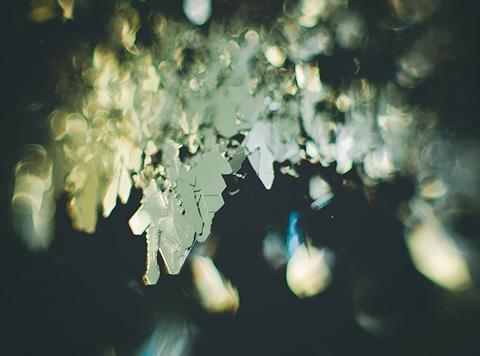
Kit
- Cold finger (can be either purchased or constructed)
- Gaffer tape
- 100 cm3 conical flask
- Iodine
- Bunsen burner
Preparation
A cold finger does what it says on the tin: it's a finger-shaped piece of glassware that's cold! Commercially available cold fingers can be fitted with a supply of cold running water to assist cooling. Some can even be loaded with dry ice to reduce vapour loss from particularly volatile samples.
If your school doesn't have a dedicated piece of apparatus, you can easily make one by finding a conical flask and boiling tube combination where the tube fits into the neck of the flask with only a few millimetres to spare each side.
Hold the tube in the neck of the conical flask so that its base is suspended about a third of the way down into the body of the flask. Mark the level on the exposed end of the tube. Wrap gaffer tape just below this mark, stopping periodically to check the fit in the neck of the flask.
Aim for a thickness of tape that will hold the tube in place but is loose enough to release any pressure that may build up in the experiment.
The correct fit can be obtained more quickly by starting with a tube/flask pairing that fit each other more closely. However, the tighter the fit, the more you run the risk of scraping off the crystals you deposit when withdrawing the cold finger.
In front of the audience
Place two spatulas of iodine into the conical flask. Either turn on the water supply to your cold finger or, if you've made your own, load it with cold water and a couple of pieces of crushed ice. Put the cold finger into the flask and place them onto a tripod and gauze. As you heat gently with a Bunsen, the iodine will begin subliming almost immediately.
With attention, the heavy purple vapour can be maintained at a level just below the base of the finger. Iodine crystals will quickly begin to deposit on the base of the finger and start to grow into beautiful shapes.
The longer you leave the crystals growing, the larger they will become. After allowing the equipment to cool and the vapour has dissipated, students can come and inspect the crystals. Passing the equipment around is not recommended as the crystals are extremely fragile.
Deposition on the inside of the flask can obscure the view of the best crystals. With care, the finger can be removed from the flask (although you are likely to lose some crystals in the process). Again, it's better to fix the finger in a clamp stand and let students come to it rather than pass it around. This is for practical reasons as well as safety ones: the iodine crystals will stain surfaces they come into contact with as they fall off. Placing a large beaker or watch glass underneath to catch falling crystals will save your work surfaces.
Iodine that crystallises can be reused, but any remaining deposits can be cleaned by soaking the equipment in a bath of 1 M sodium thiosulfate.
Teaching goal
As well as being an absolute treat for the eyes, this demonstration lends itself to supporting lessons on changes of state, particle theory and crystallisation. With two sets of apparatus side by side, you can quickly demonstrate the effect of rapid growth of crystals on their size.
Sublimation can be used to purify solids which are heated under reduced pressure. The pure product collects on the cold finger and be scraped off, leaving non-volatile impurities at the bottom of the apparatus. The sublimation of iodine is used to stain chromatography plates and in the detection of finger prints in forensic science.
Safety
- Safety glasses should be worn.
- This experiment can be performed in a well ventilated lab as long as the iodine is not overheated - the cold finger keeps the iodine vapour inside the conical flask.
- Iodine is harmful and can cause skin irritation. Students must not touch the crystals.
- The cold finger should be rested into position and not be tightly sealed into the conical flask in such a way that pressure can build up inside.




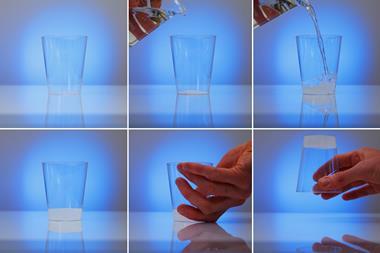
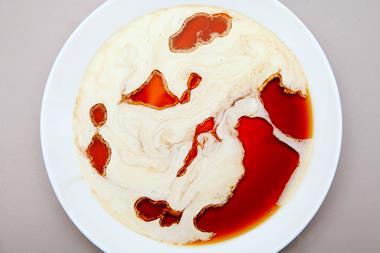

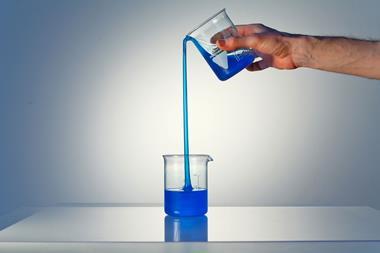
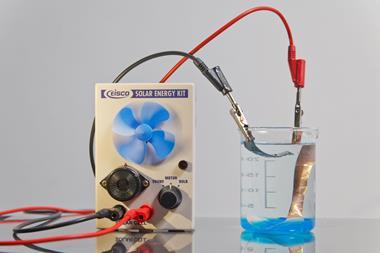







No comments yet